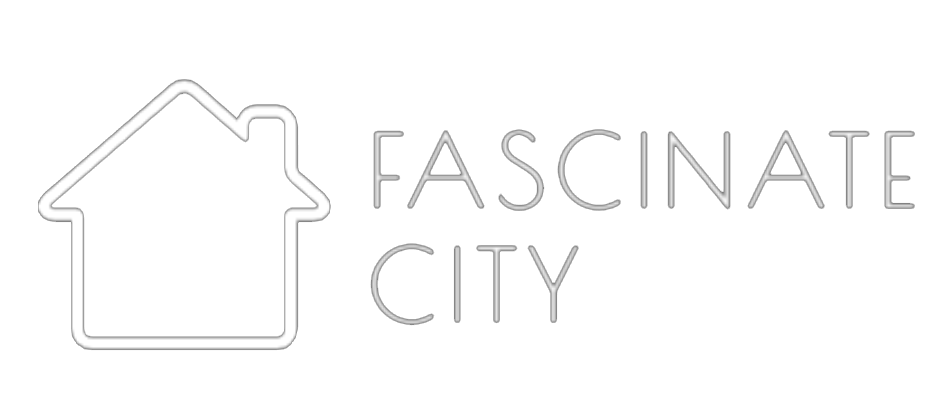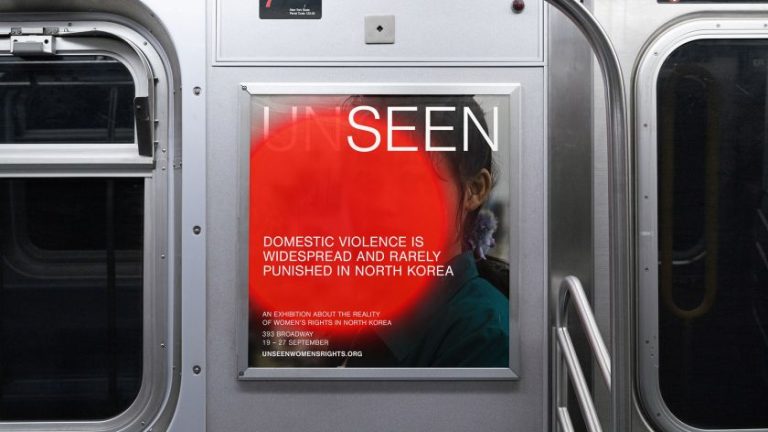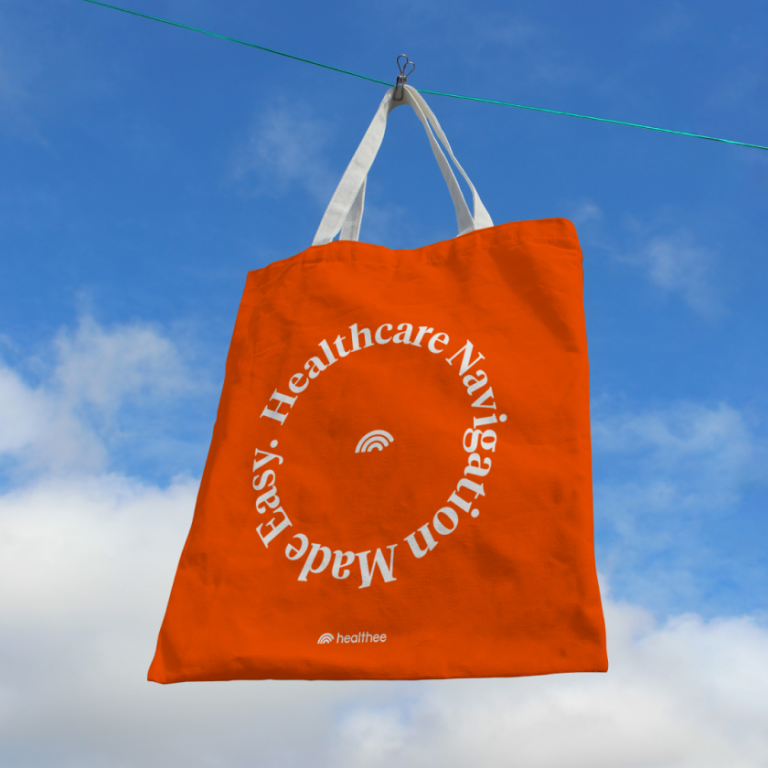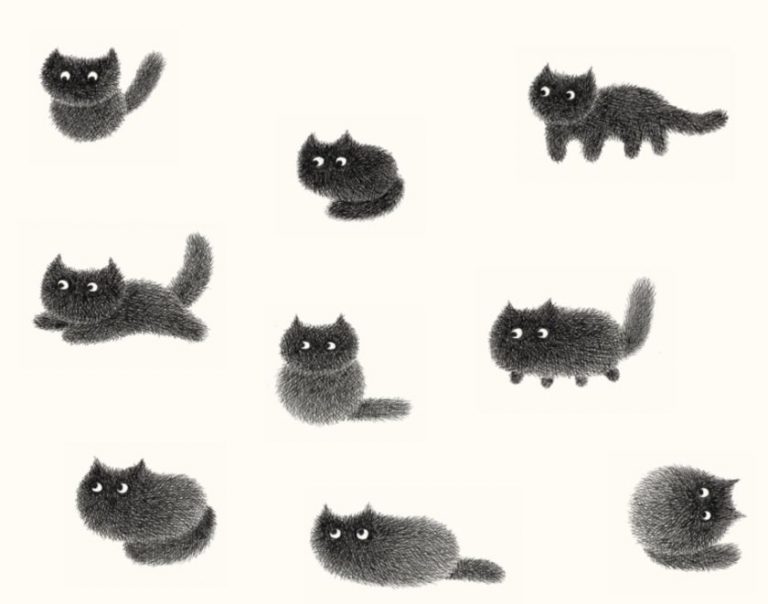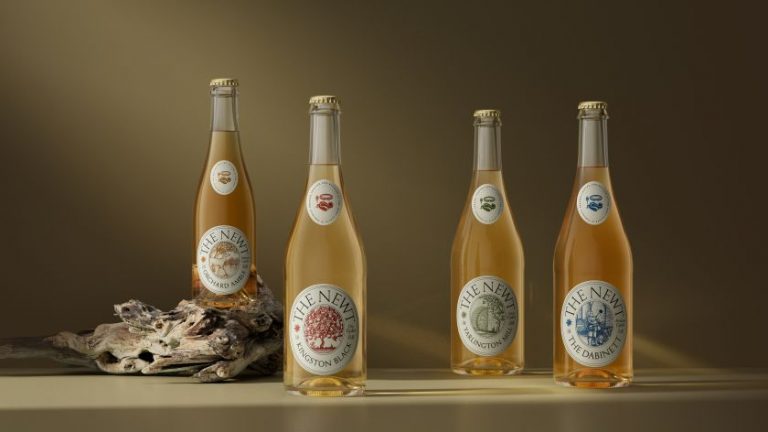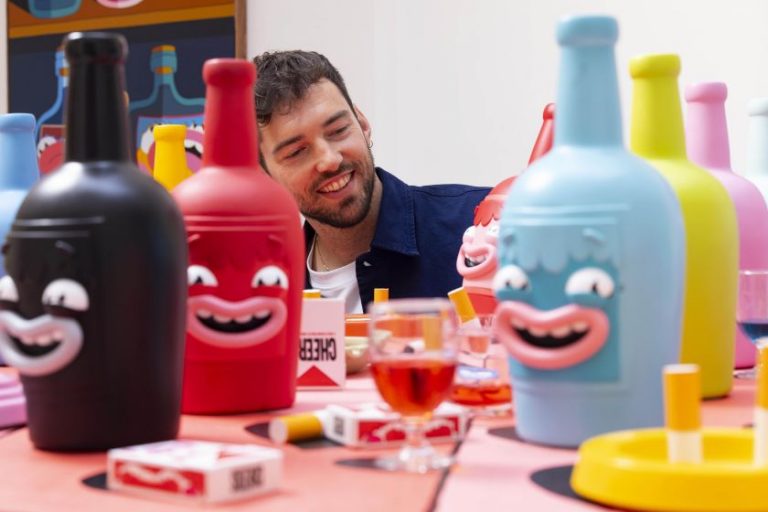The European Travel Commission and Visit Europe have unveiled a strategic repositioning by Lantern, swapping “sustainable” for “responsible” travel and flipping the script from guilt to upgrade.
It’s no secret that the word “sustainable” has become one of those slippery words that’s full of good intentions but often becomes muddied by confusion, greenwashing, and a vague sense that it probably means paying more for less. The travel sector is no exception to this and, in fact, probably comes under more scrutiny than most when it comes to going greener.
The European Travel Commission (ETC) and its consumer brand, Visit Europe, were well aware of this when they set out to encourage more positive visitor behaviours across the continent.
Fortunately, they had help from London-based brand consultancy Lantern, which led on a strategic and creative shift. The whole strategy was underpinned by the idea of ditching “sustainable travel” in favour of “responsible travel”, reframing it as a personal upgrade rather than a moral chore.
“The project’s aim had always been to promote more positive behaviour in visitors to the continent, but our in-depth research showed that the word ‘sustainable’ was too loaded and too confusing to lead communications,” says Ryan Tym, founder and director at Lantern. “Research has shown that 70% of travellers feel overwhelmed by starting the process of sustainable travel and, for the vast majority, turning off light switches in their accommodation was the most sustainable behaviour travellers reported taking action on.”
The stats were also quite revealing, showing a massive gap in knowledge when it came to travel and sustainability. While travelling off the beaten path was a key campaign message, only 13% of travellers even recognised it as a sustainable action. Moreover, misleading media coverage led to “sustainable travel” being widely perceived as “boring and expensive”.
By contrast, Lantern recognised that “responsible travel” resonated more clearly as people instinctively understood it as a call for personal actions with tangible rewards. In Lantern’s words, this was “responsibility that’s rewarded” by way of fewer crowds, richer experiences, and more affordable options. Ryan adds that it was all about “moving the story from duty to desire.”
Lantern also dug into behavioural science, especially nudge theory, to understand how to move people from vague intent to tangible behaviour change. In other words, that meant closing the gap in sustainability where travellers say they’ll act in a greener way but fail to follow through at the point of booking.
“The approach isn’t just a step change for Europe, but for the wider industry, which has typically promoted the benefits to the planet and people, rather than the traveller themselves,” Ryan explains.
Workshops with destination marketing organisations (DMOs) from across Europe helped to identify four key behaviours to focus on. While there were many possibilities, Lantern and the ETC agreed that being pragmatic and targeted would maximise impact.
A smaller steering group of nations worked more closely on the strategy, reviewing it regularly to ensure buy-in at every stage. The result is a framework that can be localised for each country while retaining a consistent benefit-led story across the continent.
Visually, the campaign adopts a confident typographic approach, pairing elegant serif and sans serif combinations with vibrant, unfiltered photography that captures Europe beyond the postcards, from autumnal city streets to windswept coastlines.
The tone of voice is deliberately aspirational, borrowing the vocabulary of premium travel experiences with phrases like “fast-track”, “exclusive views”, “front-row seat”. This language is usually more synonymous with a luxury brand headline, yet Lantern was able to subvert it to celebrate behaviours like off-season trips or exploring lesser-known regions.
Colour also plays a role in shifting perception. Instead of leaning on the “green equals sustainable” trope, the palette draws on rich, destination-inspired tones, like deep blues, warm ochres, and muted terracottas. The aim was to evoke a sense of cultural depth and variety that’s more boutique travel magazine than environmental PSA.
These design choices, says Ryan, are part of the effort to make responsible travel feel like an upgrade rather than a compromise: “We embrace the language of the upgrade in messaging by borrowing from the world of quality and exclusivity. It results in headlines like ‘World heritage without the waitlist’ or ‘Fall for Europe’.”
Creative execution is anchored in the idea of the “unexpected upgrade”. By positioning responsible travel as something that elevates a trip, Lantern sidesteps the guilt-laden tone that often comes with environmental messaging.
This benefit-led positioning is backed by complex data on Europe’s tourism pressures, as it’s the most visited region on the planet, welcoming 50% of the world’s tourists despite being the second smallest continent. One in three stays happen in July and August alone, when in some hotspots, tourists can outnumber locals by a staggering 1,600 to one.
“I don’t think people realise this,” Ryan says. “By reframing responsible travel as an upgrade, we can show people that choosing different times or places to visit isn’t just better for destinations – it’s better for them.”
Identifying the “upgrade” hook proved to be the most challenging aspect of the project. “The early research had proven that we needed to take a benefit-led approach and move away from the tropes of sustainability messaging, but the ‘upgrade’ concept itself took a little time to unlock,” Ryan admits.
“Once we found it, it was instantly clear it was the right idea. It connected perfectly with travel, and enabled us to use the language of luxury benefits, showing how people could elevate their stay.”
For the ETC, the repositioning is designed to deliver long-term change, not just a marketing spike. In late 2024, the organisation began baseline research across six key international markets – Australia, Brazil, Canada, China, Japan and the USA – to assess perceptions and attitudes towards the four target behaviours.
The research involved a survey of 3,000 consumers who had either visited or planned to visit Europe, a netnographic analysis of more than 15,000 online travel discussions, and a review of 20,000 travel-related media articles. The results showed minimal variation in awareness across markets, which has allowed the ETC to set up a global index to track progress.
“2024 is our baseline year, and the index will be updated annually to monitor changes in consumer sentiment,” Ryan explains. “Naturally, the goal is to see consistent year-on-year improvement across all four behaviours. But we know behavioural change is gradual, which is why both the communications approach and the analysis are designed for the long term.”
While the campaign is focused on Europe, its implications go far beyond the continent. By flipping the narrative from sacrifice to self-reward, Lantern and the ETC may have found a model that could work in other regions facing the same tourism challenges.
It’s a reminder that sometimes the problem isn’t the behaviour we’re asking for but the story we tell about it. In the crowded world of destination marketing, a little linguistic upgrade can go a long way.
